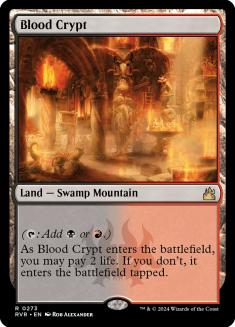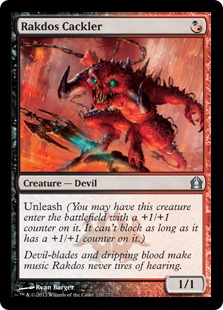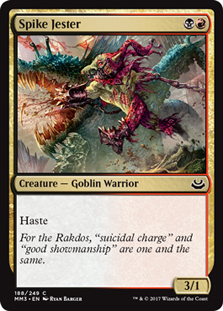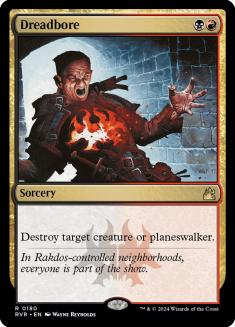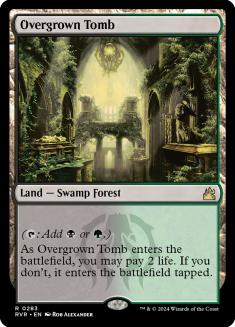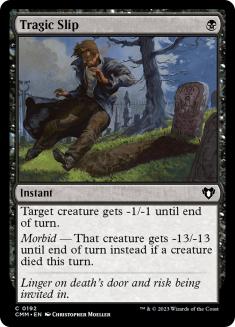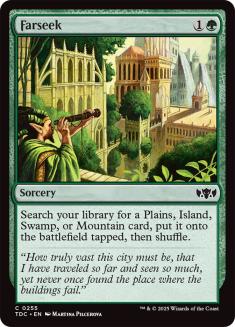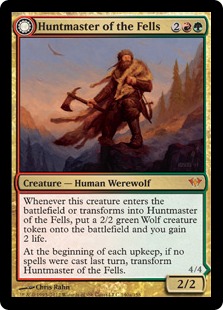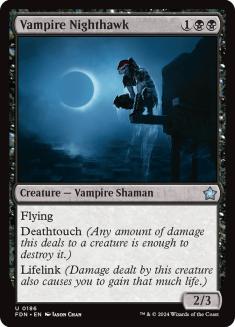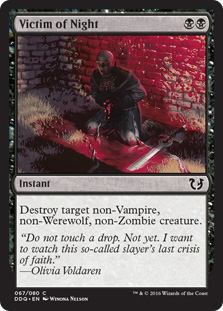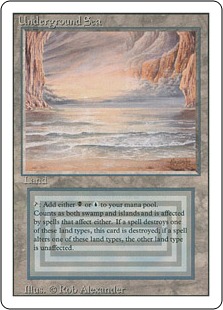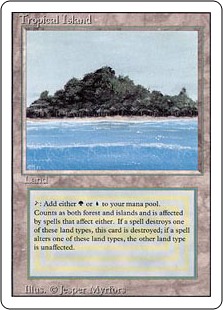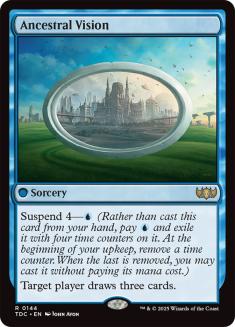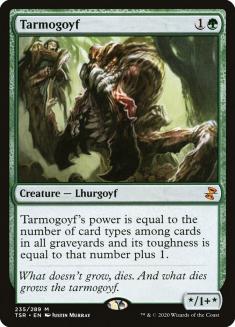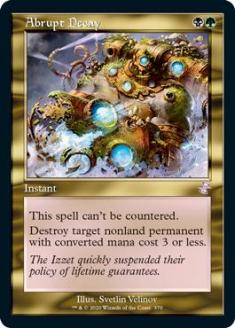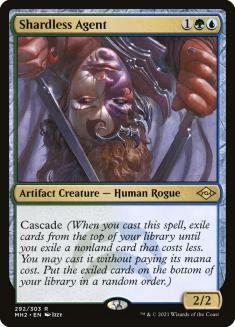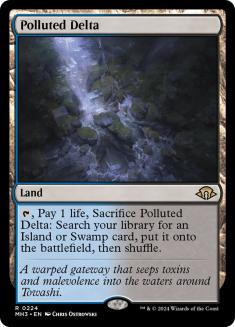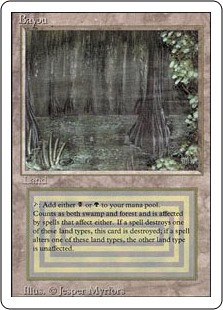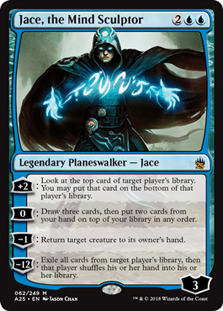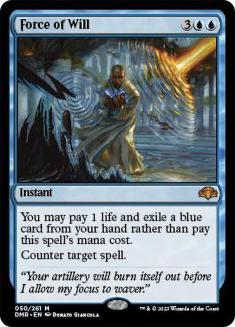"You don’t have to mulligan; you get to mulligan."
–Gerry Thompson
How many times have you heard someone complain about a mulligan? How many times have you yourself complained about a mulligan? I know I’ve done it. We’ve all cursed the shuffle gods at one point or another in our Magic career. As usual, the truth of the matter is that Gerry knows best. Getting to mulligan away those unattractive hands is a blessing and a privilege, one that we take for granted.
I’d like to talk about the art of mulliganing. One of the main reasons people get so angry when it comes to mulligans is because a lot of players don’t do it correctly and suffer upsetting losses as a result. Being able to mulligan smartly is a skill that everyone has some room to develop. It’s an incredibly tough aspect of the game and something that a lot of professionals botch on the daily. If you’re looking for a surefire way to increase your win rate and lessen frustration, learning when to hold ’em and when to fold ’em is a good place to start.
The Five Lander
Let’s kick things off with one of the basics. Drawing too many lands and not enough spells is a good way to lose any game of Magic. Taking into account that in an average deck you’re going to be drawing a land roughly one-third of the time, most openers with five plus lands start to look like mulligans.
This is especially true in Limited Magic. Most Limited decks aren’t going to be playing many cards that cost more than six mana. Keeping a five-land hand means that pretty much any land you draw after the first is going to be a dead draw. The only times I’d advocate keeping a five-land hand in Limited is if it contains a cost-efficient bomb rare somewhere around the level of Agent of the Fates or if you have a cheap draw spell to draw into more spells. Other than that having all your colors of mana in a sketchy multicolor deck is the only time I could see keeping a land-heavy hand in Limited.
Things are a little bit different in Constructed, as some decks are designed to play well with a lot of mana. Any Sphinx’s Revelation deck is usually happy to keep a five-land hand, especially in control mirror matches where making every land drop is the most important part of the game. By the same metric, keeping five-land hands is even more devastating in focused aggressive decks where your curve is so low that the fourth and fifth lands might be useless as opposed to the sixth and seventh.
One of the biggest mulligan traps in Standard right now is the scry lands. Just because you’re going to get to scry a few times doesn’t make it correct to snap off a seven-land hand.
Overall, keeping a hand with too many lands can be even more dangerous than keeping a hand with too few lands. At least with a land-light hand all you need to do is peel a land or two and you can start playing all the spells in your hand. With a land-heavy hand, you’re relying on your deck to feed you spell after spell to let you play a real game of Magic.
Put simply, mana screw beats mana flood.
The One Or Two Lander
On the other side of the coin, we have the hands that are just a few lands shy of being where we want them. These hands are downright treacherous because they come with something flooded hands don’t: hope. Nothing is more tantalizing than knowing if you just draw a land or two you’ll have the best curve of all time and crush your opponent. Knowing when to cash in on this risk/reward is the trick.
For this section I’d like to take a look at a few sample hands I kept at tournaments over the last year.
This hand comes from one of the early Constructed rounds at Pro Tour Theros. I was playing against Tomoharu Saito, who was playing a BUG Planeswalkers deck. I, of course, was playing the sweet B/R Aggro deck. It was game 3, and I was on the play.
After a short deliberation, I decided to keep this hand. Looking at it right off the bat, it’s clearly an awesome hand if I manage to draw a second land. However, that’s not why I decided to make the keep. Even if I didn’t draw a second land for a few turns, the hand had a lot going for it. First off, I had perfect mana with three one-mana cards to play for the first few turns even if you fail to hit your land drops. Even though a Cackler isn’t much, it at least provides a way to get early pressure on the board.
Second, in this matchup Saito had very few high-impact cards since a lot of what he was playing was ramp and removal. The double Thoughtseize provided a great way to strip the important cards from his hand and give me the time needed to hit a second land. Having access to one of the two sideboard Dreadbores for his planeswalkers was also a big plus.
As I recall, I did miss my second land drop for a turn but was able to take a crucial Sylvan Caryatid from his hand with Thoughtseize and slow him down significantly while ensuring my Cackler didn’t get blocked. By the time he played Jace, Architect of Thought, I was able to Dreadbore through it and close out the game.
Next up we have a sample hand from my favorite pet deck of last year:
This hand showed up in the 6-0 bracket against Mary Jacobson at Grand Prix Atlantic City. She was playing Mono-Red Aggro, and it was game 3 with me on the play.
As crazy as it might seem, I kept this hand. I knew going into the tournament that Mono-Red Aggro was a pretty horrendous matchup for my deck and hoped to avoid it as much as possible. I would normally never even consider keeping a hand this speculative on the play. To really function this hand needs to draw two land draws in a row! However, I felt like I already had to get supremely lucky to win this matchup, and this hand had all the important tools to give me a fighting chance. As it turned out, luck was on my side, and the top of my deck yielded three lands in a row.
Pretty lucky, right? Well, she managed to beat me anyway! The game was close, so I can only imagine what would’ve happened if I’d mulliganed into a subpar six-card hand.
My demise aside, the moral of this story is that one of the times keeping a low-land hand can be correct is when you need to get lucky to win in the first place and you have the cards that will at least give you a fighting chance in hand.
The "Lands & Spells"
This type of hand is probably the easiest to fall into the trap of keeping and the easiest way to secure a loss. Although it applies mainly to Legacy, keeping an eye out for this type of mulligan decision can help you get an edge in every format.
So what exactly does this type of hand entail? Why, a reasonable number of spells and all the mana to cast them of course! But wait, why would that be a mulligan?
Imagine you’re playing Shardless BUG and you know your opponent is running a combo deck. You draw your opening hand and see this:
In a vacuum, this hand is great. There are even some matchups where it’s ideal. However, if you know your opponent is going to try to Show and Tell an Emrakul on turn 2, there’s no amount of Tarmogoyfs in the world that are going to save you. Sure, if there are no cards in your deck that can combat anything Sneak and Show is trying to do, you might as well keep and cross your fingers. However, with a deck like Shardless BUG, you have at minimum Thoughtseize, Hymn to Tourach, and Force of Will lurking somewhere under the surface. Not to mention Abrupt Decay is pretty much useless here so you’re looking at a virtual six-card hand already. Time to hit the mulligan button!
Now we’re talking! While this hand might not be as awesomely curvaceous as the first, it at least gives you something to interact with. This type of mulliganing is very prevalent in Legacy, where interaction is crucial and sideboard cards are powerful enough that aggressively mulling for them is often correct. However, it can still be seen in formats like Standard. As a quick example, if you’re playing a control deck versus an aggro deck, you probably can’t keep a hand with no early removal or sweeper even if you have an adequate amount of lands and spells.
Now that we’ve gotten a few types of hands out of the way, let’s close things out with some general tips.
Good Mulligan Habits
These are a few simple tricks that can help you make a mulligan decision in a pinch.
Let’s say you’re looking at a two-land hand. Although the hand has some good cards, it’s going to take a few land draws in a row to really get anything going. Now remove two of the spells from the hand and add a land. Like the six-card three-land hand much better? If the answer is yes, you should probably mulligan.
Be as impartial as possible in your mulligan decisions. Just because it’s game 2 and you’re up a game doesn’t mean making a sketchy keep is suddenly okay because you have some breathing room. Similarly, just because you kept a solid three-land hand one game and didn’t draw a land for the rest of the game doesn’t mean the keep was incorrect and you should mull the hand next time it comes up. Look at every hand on an individual basis.
When in doubt, it’s usually safer to mulligan. I’ve heard people say that if you have to think about a hand for more than ten seconds that it’s probably a mulligan. There’s no reason to jump through hoops convincing yourself to rationalize a bad keep when you can just throw it back for a fresh hand.
Bad Mulligan Habits
Don’t let previous mulligans come back to haunt you. Maybe it’s been a long and frustrating tournament full of mulligans and you’re about ready to throw your deck into a wall. You’re not in Top 8 contention anymore, but you can still earn a decent finish if you win the last couple of rounds. You draw your opening seven and stare at another abysmal hand. It might be incredibly tempting to just keep the hand out of anger. I’ve made keeps like this before in important spots, and I can tell you that I’ve been punished nine times out of ten and it only made me even madder than I was before.
In a similar vein, let’s take a look at what I like to call the Gerard Fabiano complex. If you happened to watch his stream at any point while he was doing Theros drafts, you know that he got angrier and angrier at the Magic Online shuffler as he seemed to flood out more and more. As the drafts went on, he began to lower his land count. First, he started playing sixteen lands.
Then fifteen.
Then fourteen.
This went on until he actually submitted a deck containing twelve lands. While in his masterful insanity Gerard managed to win a few drafts this way, this is no way for us mere mortals to go about things. People especially like to rage at the Magic Online shuffler, but there’s no reason to let it start negatively affecting your decisions.
Here’s one thing that I do all the time that I know is absolutely wrong. Never ever look at the top card of your library after making a tough mulligan decision. This will only end up making you feel bad about making a correct mulligan decision just because you would’ve gotten lucky if you’d kept. Some things are best left unknown.
I hope this article helps you guys look at mulligans in a bit of a different light. Magic is a game of tough decisions, and choosing to mulligan or not is one you get to make right off that bat that has a huge impact on the game. For every time you mulligan to five and lose, remember all the times you got to mulligan an unkeepable seven and won because of it. As much as we might hate taking them, Magic would be a much worse game without mulligans.

